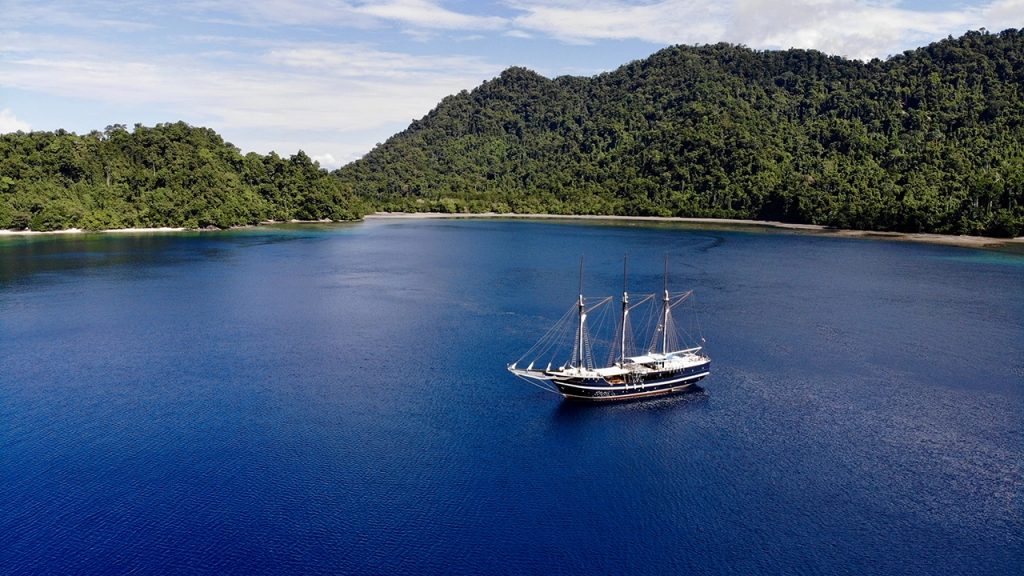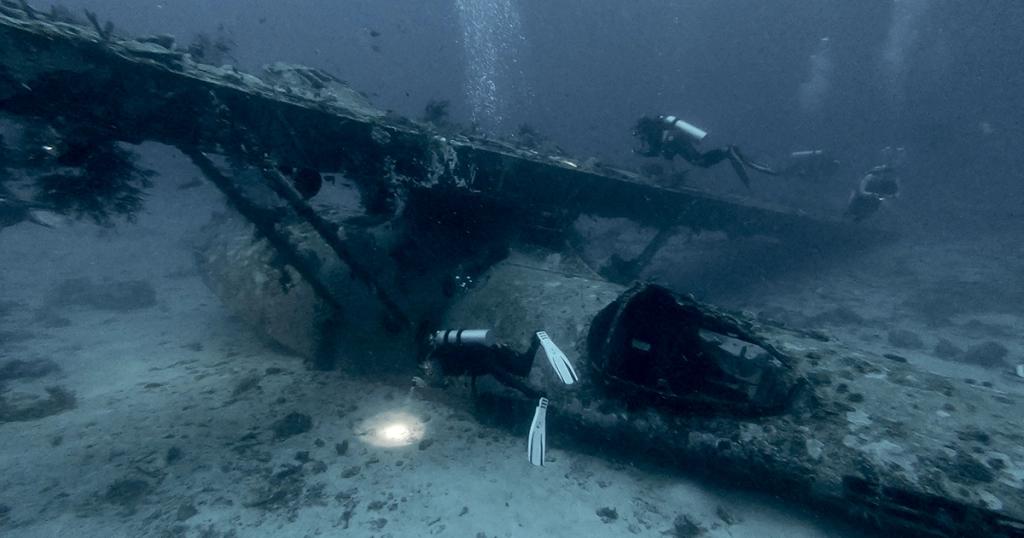Cenderawasih Bay Liveaboard

Cenderawasih Bay: a new dive destination on the world dive map!
Liveaboard dive trips are in a different league to other forms of diving vacations because we can travel to remote places and dive with incredible sea life; this is something that guests at a resort can never experience. Other than on Manokwari’s excellent WWII wrecks, most of the dive sites are within Cenderawasih Bay National Park, which is Indonesia’s largest national park. This park is huge. It’s larger than Raja Ampat; even a 14-day dive trip on a Cenderawasih Bay liveaboard barely scratches the “surface” of this underwater wilderness.
Cenderawasih Bay, along with Raja Ampat and Triton Bay, makes up the Bird’s Head Seascape—which is the epicenter of marine biodiversity in the world. Cenderawasih Bay’s reefs look nothing like Raja’s colourful, fish-filled reefs, nor are they similar to Triton Bay’s soft coral wonderland. Instead, Cenderawasih’s thriving reef is pristine and vast. The Bay’s reef tops comprise some of the healthiest hard coral gardens you can dive into. Dramatic vertical walls with prolific sponge life abound on the outlying atolls. Schooling fish swim along the reef points and ridges. Every corner of Cenderawasih Bay’s reef offers something to see, photograph, and marvel at.
Cenderawasih Bay also has a few unique features in Indonesia’s pantheon of rich reefs. The Bay was geologically isolated until recently, and if you look at a map, you’ll see that it is still somewhat confined. This means less current moves through Cenderawasih Bay’s waters, and therefore there’s less recruitment of marine larvae than in a place like Raja Ampat. This isolation has blessed Cenderawasih with several very colourful endemic species. Perhaps even more interesting is that many normally deep-dwelling fish species are found here in relatively shallow water. Cenderawasih Bay diving is full of unique surprises. This topsy-turvy reefscape, along with the presence of the world’s largest fish, the whale shark, prompted Dr Gerald Allen to call Cenderawasih Bay “the Galapagos of Indonesia’s Reefs”.




